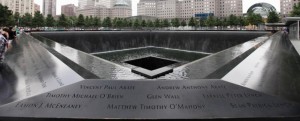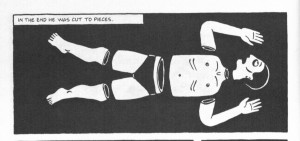Hello Readers!
Writing this last blog post for ASTU 100 is bittersweet; it means that summer is quickly approaching but it also means that my first year at university is coming to an end. It is difficult to choose one “aha” moment that I have had in this class because I’ve learnt a significant amount of useful things that I know will stick with me throughout the rest of university.
Although it is hard to choose one, one of the biggest “aha” moments I’ve had this year is with scholarly writing. It is extremely difficult to transition from high school writing to a completely different style in university. I remember reading our first scholarly article “The Role of Interpretative Communities in Remembering and Learning”, by Farhat Shahzad, and feeling like I was reading a book written in a different language. As we began to work through the different features of scholarly writing, something clicked and I was able to read scholarly articles with much more ease. Knowing the different features enabled me to know what to look for from the scholarly pieces of writing, so instead of reading an article three times and still being very confused, I can now take out the key aspects from the piece of writing. Even though there were still many scholarly essays that were difficult to understand, I now feel as though I have gained a strong set of skills to be able to both read and write like a scholar.
For me (and for a lot of other first year students), it was hard to see what benefits many of the courses I took throughout the year were going to provide. Although my ASTU class was at the two o’clock slump of the day and sometimes difficult to make myself go to, I can definitely say that I will take away so many important skills that will help me throughout the rest of my university experience.
It’s been awesome blogging and I hope everyone has an awesome summer!!
-Kate


